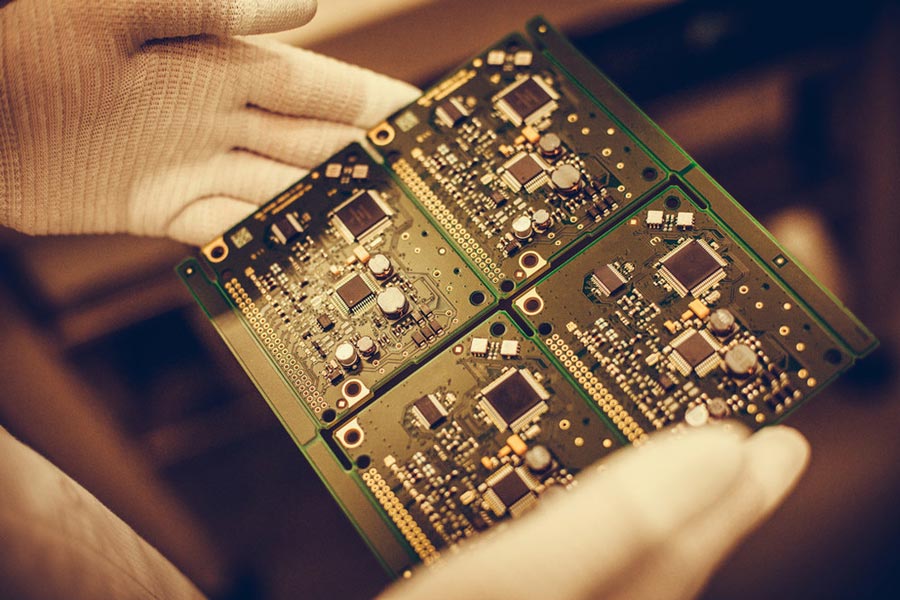AOI technology is a process that allows manufacturers to inspect PCBs by applying an AOI inspection platform. This type of inspection aims to identify in the printed circuit boards before they are sent off for assembly. It also provides real-time feedback on how well production lines are running and can help companies prevent costly errors during manufacturing. This article looks at AOI inspection PCB assembly applications and their benefits.
What is AOI?
AOI (Automated Optical Inspection) is a machine-based process that can inspect PCBs for various defects. A machine will use light and cameras to pick up on any circuit board issues, such as shorts or opens in connections. The goal is to ensure that no errors are being made during circuit board manufacturing and ensure that products are not released before they have been thoroughly inspected.
As manual inspection of PCB is nearly impossible, AOI comes in handy. AOI inspections can be performed at different levels of the production processes, depending on what stage companies want to take advantage of it. For example, some manufacturers use AOI technology during circuit board production and in-line or post-production inspections. AOI systems can be set up in various ways depending on what specific needs a company has.
Automated optical inspection: How it works
First, a properly inspected PCB is run through the AOI inspection system, marked as the “golden” PCB. AOI systems work by comparing the golden PCB image to subsequent boards that come through production, and it will flag any defects in what is considered “defective” boards.
The AOI software will then alert the manufacturer if a board is defective and fails to meet specification, giving them the chance to correct the issues and get it back on track. This can help companies reduce costly errors caused by human error or other problems that come up during manufacturing.
The application of AOI in PCB manufacturing
AOI has several applications that companies can take advantage of to improve their manufacturing processes. Some of its applications include:
-It is used in solder paste inspection.
-AOI is essential in the inspection of solder paste used in the manufacturing process. It will inspect boards before components are placed on them, ensuring that no issues arise afterward with the placement of elements.
-It is used in template matching.
-This is a process that manufacturers use to ensure that solder paste has been placed in the correct locations for components. AOI technology makes sure each component is placed in its proper location.
-Used in pattern matching and statistical pattern matching
-This is another way AOI technology ensures that components are placed in the correct location on circuit boards. It also inspects for solder bridges, which can cause issues with the functionality of circuit boards.
-It inspects trace width violations
-AOI is also used to detect when traces are too thin or wide, which can cause issues with circuit board functionality. Manufacturers use it for this purpose because it can detect problems that other inspection methods may miss. It can inspect for open and short circuits on circuit boards.
-It shows missing components
-AOI also makes it possible for manufacturers to detect missing components on circuit boards, which is done by comparing images. It can also help companies determine if components are incorrectly placed on circuit boards.
The role of AOI systems in the PCB assembly process
AOI systems play a critical role in the PCB assembly process, which stands for printed circuit board assembly. It’s important that AOI systems are used in inspections to ensure products are not released before being thoroughly inspected.
AOI technology can be used for different types of inspections depending on what a company needs to inspect. It can be used in solder paste inspection, template matching, pattern matching, and statistical pattern matching. AOI also inspects trace width violations, open and short circuits, missing components, and incorrectly placed components.
AOI systems play a critical role in the PCB assembly by ensuring products are not released before being thoroughly inspected.



